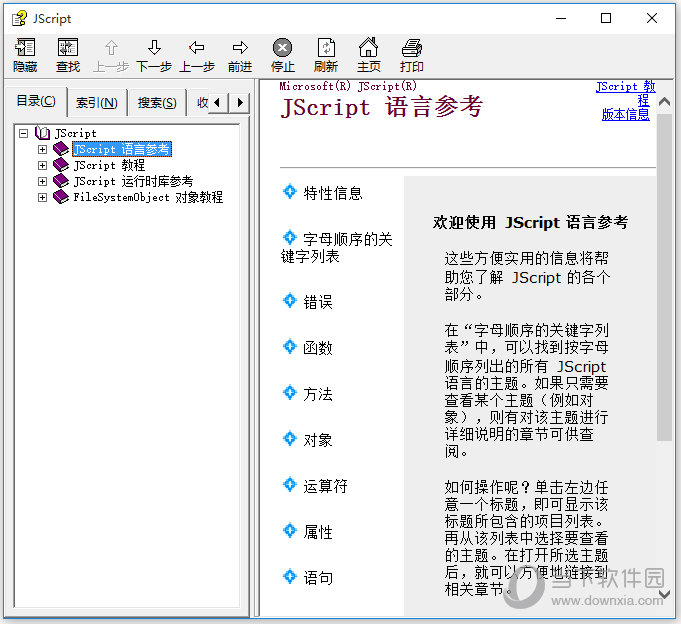

Since this system was designed a long time ago it does not allow for modern computers with wide-format screens and multiple monitors. In HTML Help the width of popup windows is controlled by the help viewer on the basis of the amount of text and the user's screen width. By default this file is called CSHelp.txt, but you can change this file name in Configuration > Publishing Options > HTML Help > Popup Topics. This is the file you need to reference in your application calls to field-level popups.
The plain-text popups used in HTML Help are stored in an internal text file in the HTML Help CHM file. See Using JavaScript popups for details on JavaScript popups. If you activate JavaScript popups in CHM, you must still access the plain-text popups (which are also included in the CHM file) for field-level popups displayed in your application.

However, you cannot make application calls to JavaScript popups.

Help+Manual also supports a custom JavaScript popup mode that can be used in both HTML Help and WebHelp. will be stripped when you publish to HTML Help. This means that even if you enter formatted text in the popup topics in the Help+Manual editor (which is possible because it is needed for other output formats) all formatting, links, graphics, tables, table contents etc. These can only contain text, without any formatting or other elements. If you do not activate JavaScript popups your CHM files will only use HTML Help's native popup plain-text topics. Popup topics in HTML Help: Native CHM plain-text popups: Technically, the ePUB specification does include support for JavaScript, but you cannot expect it to actually work anywhere. Popup topics in eBooks:Īmazon Kindle and ePUB/Apple iBooks have no support for popups or any other dynamic features. There are a couple of things you need to bear in mind when editing popup topics because of the different ways they are handled in different formats.


 0 kommentar(er)
0 kommentar(er)
